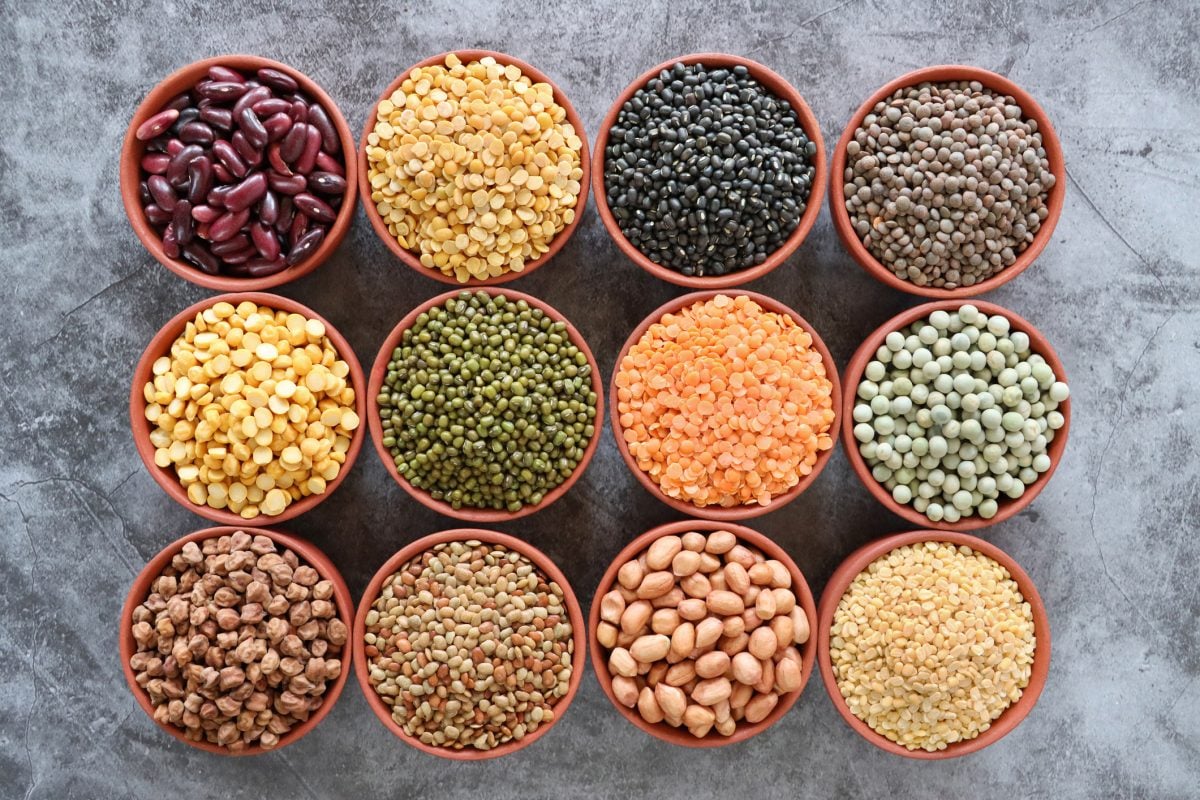(Resource News International) — The likelihood of a smaller barley crop has helped feed barley bids move higher over the past few months in Western Canada. However, ample feed wheat, ongoing imports of U.S. dried distillers grains and a poor malt barley export outlook should temper the upside in the market.
Dave Guichon of Ag Value Brokers at Lethbridge said barley bids in the key feedlot region of the country have moved from $150 per tonne to above $160 over the past few weeks.
The strength was primarily tied to the expectations for a smaller crop, he said, due to unseeded acres and adverse weather conditions across Western Canada.
Read Also

Pulse Weekly: SPG looks back at harvest, ahead to trade
Saskatchewan Pulse Growers executive director Carl Potts said this year’s harvest had strong yields as the organization now works on international trade.
While feed barley supplies may be short going forward, he said ample alternative feed ingredients will temper the upside in prices.
Dried distillers grains with solubles (DDGS) from the U.S. ethanol sector will continue to find their way into Canadian cattle rations, limiting some of the demand for barley, said Guichon.
Feed wheat will also displace some barley in rations, as will other higher-quality wheat if the prices offered by the feedlots remain at a premium to the Canadian Wheat Board pool return outlooks, he said.
Feed barley bids were also at premium to the CWB’s malt barley projections in some cases, he said, which may see some growers sell into the feed market for a quick return rather than wait for the CWB.
Good pasture conditions could also limit the upside in barley prices, as cattle producers will background their cattle as much as possible.
Good pasture conditions will mean the feeder cattle will be moving into the feedyards later than normal, further reducing the demand for barley, he said.
Demand for barley could also be reduced by sending more cattle to the U.S. for feeding. Guichon noted that current market conditions make it about $50 per head cheaper to feed cattle in Nebraska compared to Alberta.















